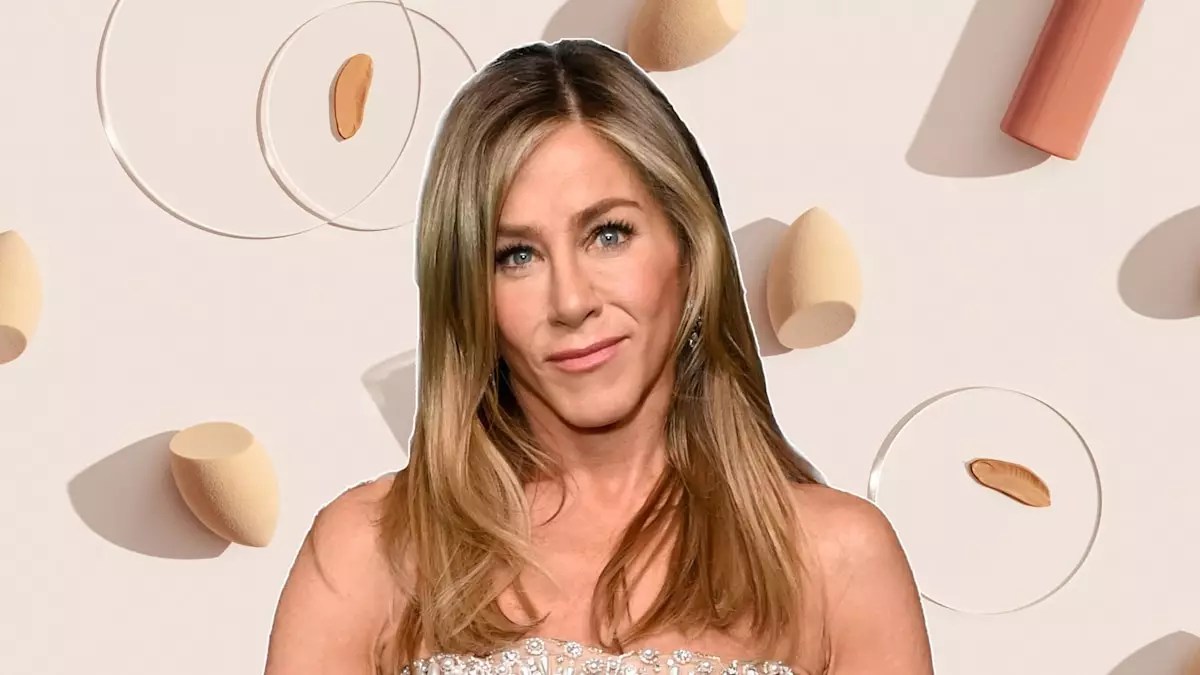In the constantly evolving world of beauty, trends rise and fall at a dizzying pace, often fueled by celebrities who showcase miraculous solutions to our everyday skin issues. While I typically maintain a healthy skepticism toward celebrity-backed beauty fads, I’ve recently found myself irresistibly drawn to a treatment that promises transformative results for a particularly troublesome area: the under-eye region. As someone who has struggled with dark circles and a perpetual tired appearance, I felt compelled to explore this much-talked-about technique: polynucleotide treatments.
Living with chronic exhaustion is no walk in the park; it brings along its unwelcomed friends like dark circles and hollow eyes that could rival any zombie look on Halloween. Traditional methods—like concealer—have proven insufficient in banishing these tell-tale signs of fatigue, leaving me with a yearning for a more effective solution.
The Intriguing Concept of Polynucleotide Treatments
Polynucleotide treatments, once considered niche, have made a significant internet splash in recent years. Their rise to prominence can be largely attributed to influential figures like Kim Kardashian and Jennifer Aniston, who integrate these procedures into their beauty regimens and tout their age-defying benefits. Interestingly, the genesis of this treatment isn’t brand new; the science behind polynucleotides has existed for decades, yet its current mainstream appeal stems from a unique combination of viral marketing and tangible results.
Dr. Leah Totton, a respected figure in the aesthetics field, offers a treatment termed the “ultimate eye refresh.” This promises not only to enhance eye brightness but also aims to create a subtle lifting effect. During my consultation, it became clear that the application of polynucleotides involved encouraging the skin to regenerate itself on a cellular level, a revolutionary approach that spurred my excitement to book a session.
The Treatment Experience
My appointment was unlike previous experiences I had with injectables—there was no sense of dread or anxiety this time. As I settled into the treatment chair, the medical team calmly applied a numbing cream, allowing anticipation to build. Surprisingly, I felt no pain during the procedure; instead, it was more of a curious sensation, as if my skin was being gently coaxed to renew.
Dr. Leah’s engaging conversation about the intricacies of skincare and upcoming treatments helped ease my nerves. Before I knew it, I was booking my follow-up appointment, surprisingly confident about the outcome. With a minimal amount of swelling and bruising to contend with, the thought of hiding behind dark sunglasses was unnecessary. A dinner invitation with a friend felt perfectly achievable just hours post-treatment, an uplifting change from the norm.
Understanding the Science Behind the Results
After two sessions spaced a couple of months apart, I can confidently assert that the results were nothing short of miraculous. The hollowness that once plagued my appearance began to fade, fine lines appeared less pronounced, and my under-eye area looked rejuvenated. What’s even cooler? I no longer needed to rely heavily on concealer; a light application was enough for me to feel put together. This newfound freedom from the makeup routine felt liberating, allowing me to stray from the artifice of conventional beauty ideals and embrace a more natural look.
It’s important to note that while polynucleotide treatments do not provide the immediate volume that traditional fillers do, they do promote a more lasting improvement by encouraging the skin’s foundational structure. Dr. Leah highlighted this crucial distinction, explaining that the goal is to improve skin quality on a cellular level rather than simply fill in hollows like tear trough fillers.
Real Talk About Beauty Treatments
For those contemplating different options for under-eye rejuvenation, the discussion surrounding polynucleotides versus other fillers and treatments is worth having. While immediate results from fillers can be tempting, the natural gradual enhancement offered by polynucleotides is particularly attractive for individuals like myself who seek subtlety without sacrificing efficacy. The less likelihood of puffiness or product migration makes polynucleotides a more appealing option, especially for those of us longing for both aesthetic and holistic improvements.
To further broaden the spectrum of rejuvenation, Dr. Leah explains how polynucleotides can work synergistically with other treatments, such as anti-wrinkle injections and innovative micro-needling devices like Morpheus8. This combination approach can provide a comprehensive refresh to the entire eye area, likely producing even more impressive outcomes.
As I continue my journey into the world of beauty enhancement, I am grateful for having stumbled upon this breakthrough treatment. It offers not just a superficial fix, but a deeper, more substantial solution to the pervasive signs of fatigue that impact my everyday confidence. While I may have started this journey seeking clarity and brightness for my tired eyes, I have discovered something much more valuable: a renewed sense of self-assurance that every woman deserves.


Leave a Reply